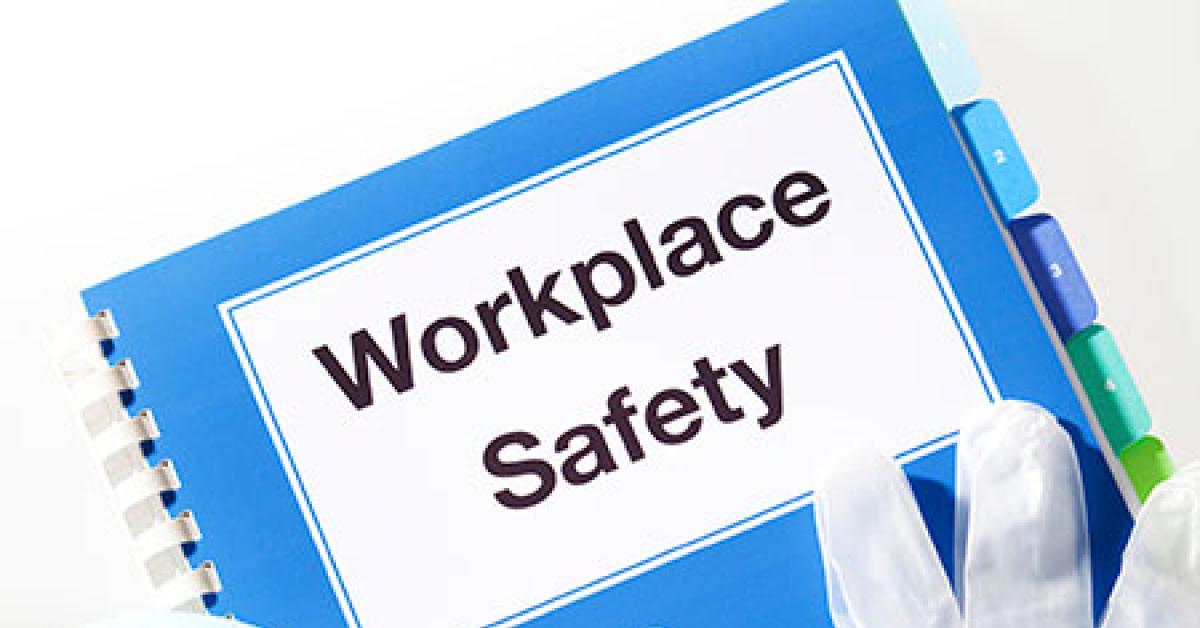ATLANTIC CITY, N.J. — The Occupational Safety and Health Administration (OSHA) was established in 1971 for the purpose of ensuring safe and healthful working conditions for working men and women. How does OSHA do this today? By setting and enforcing standards, and by providing training, outreach, education and assistance.
Given the potentially dangerous equipment and chemicals that dry cleaners work with daily, it stands to reason that a dry cleaner like yours might be high on an OSHA inspector’s must-see list.
Henry Parker, of Safety & Environmental Compliance Consultants in Riverside, Calif., has seen plenty in his 20-plus years in business, and he recently told an audience at the Pennsylvania and Delaware Cleaners Association (PDCA) Expo what it takes for a dry cleaner to steer clear of potential OSHA violations.
LOCKOUT/TAGOUT
During the servicing and maintenance of machines and equipment, the unexpected startup or release of stored energy could cause injury to employees. That’s where lockout/tagout standards come in. This is generally done by affixing the appropriate lockout or tagout devices to energy-isolating devices and by de-energizing machines and equipment.
“If you’re fixing a machine, you’re supposed to tell your employees, ‘Stay away from me,’” Parker says. “I’m the mechanic and I’m fixing a machine. I could drop a wrench. I could hit a screw or a button, and something could change. A press could come down on somebody’s arm. And it happens to the best of dry cleaners.”
KEEP PAPERWORK UP TO DATE
One of the keys to staying free and clear of a regulatory slap is keeping your company’s paperwork up to date and in order, according to Parker.
For example, will you be posting your latest completed Form 300 this month? Keeping this “Log of Work-Related Injuries and Illnesses” is required to record work-related injuries or illnesses in your place of business.
“If you don’t have the last five years of 300 forms in a file somewhere, you can get fined for it,” Parker says. “Then what can they do? They can audit your whole place because you’ve had people who have been injured and you can’t prove it.”
Even if your business incurred no such employee injuries, you still must prepare the form, he adds.
Parker’s presentation barely scratched the surface of the increasingly complex maze of environmental, health, safety and labor regs facing today’s dry cleaner. To learn more, visit his company’s website at www.complyhere.com.
Have a question or comment? E-mail our editor Dave Davis at [email protected].

